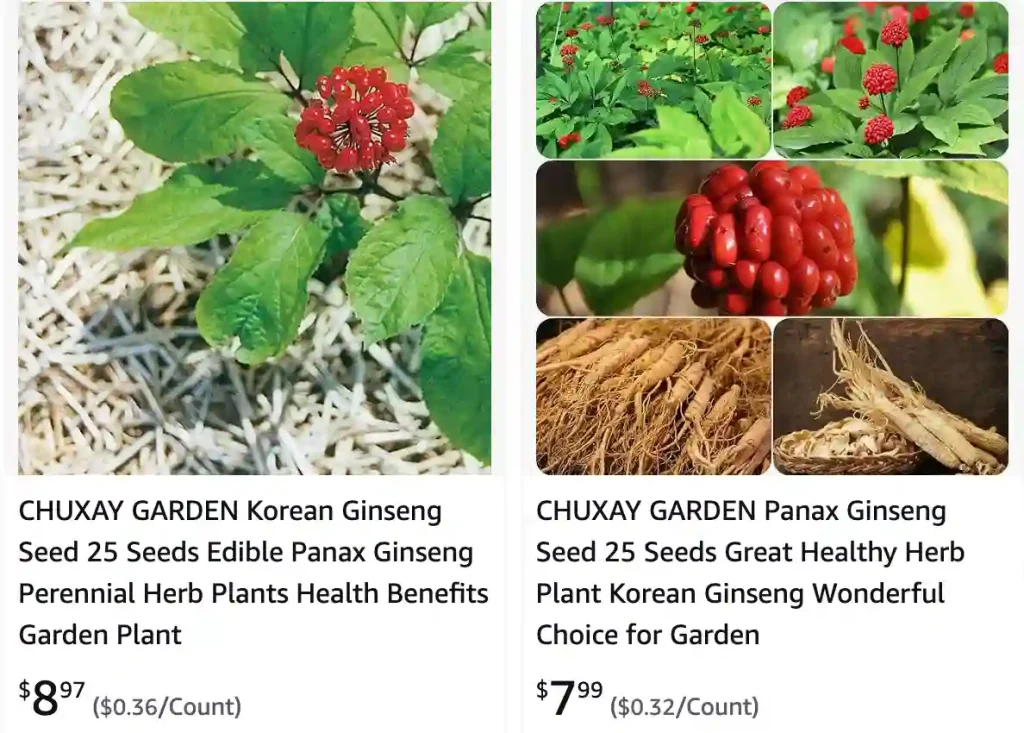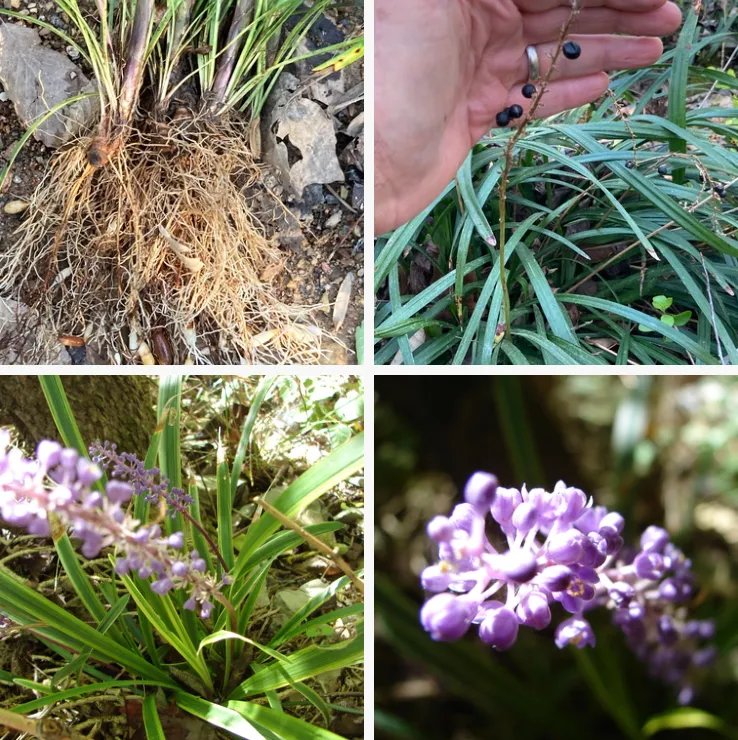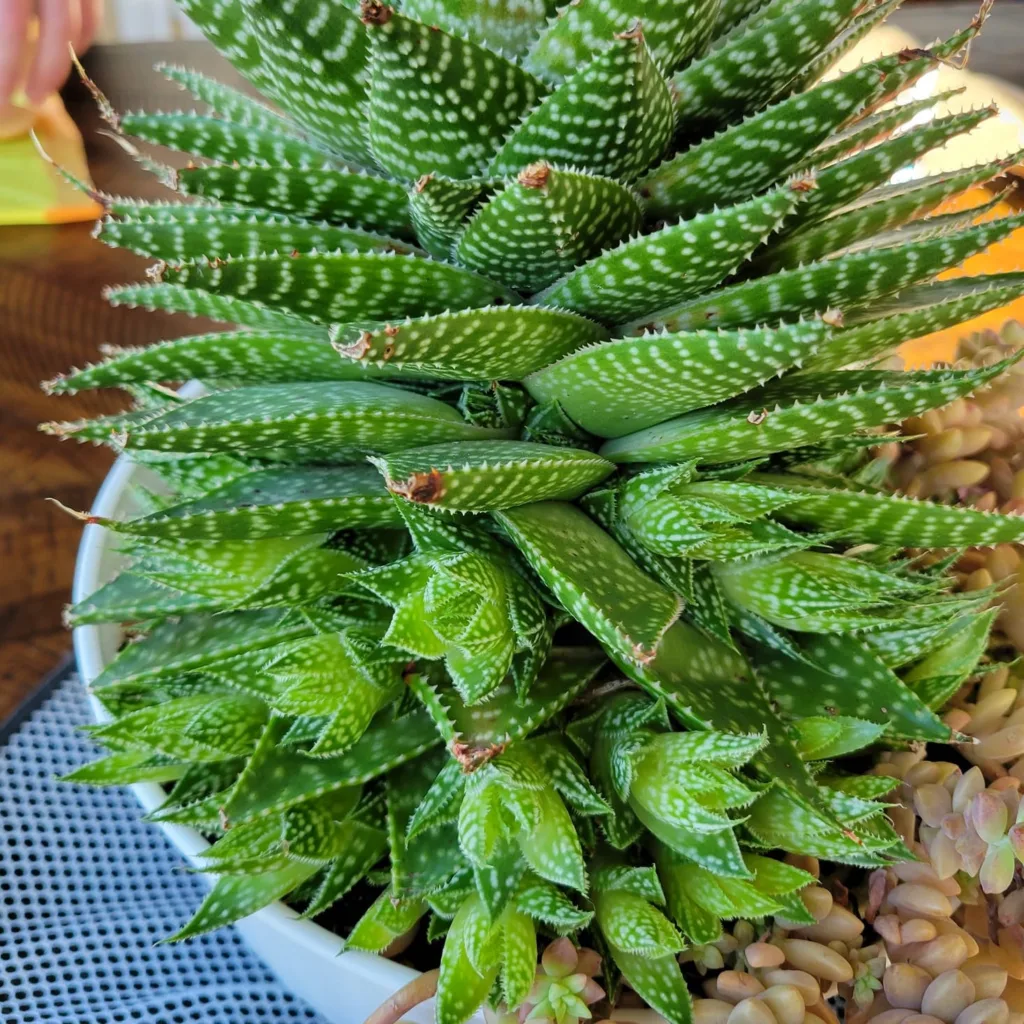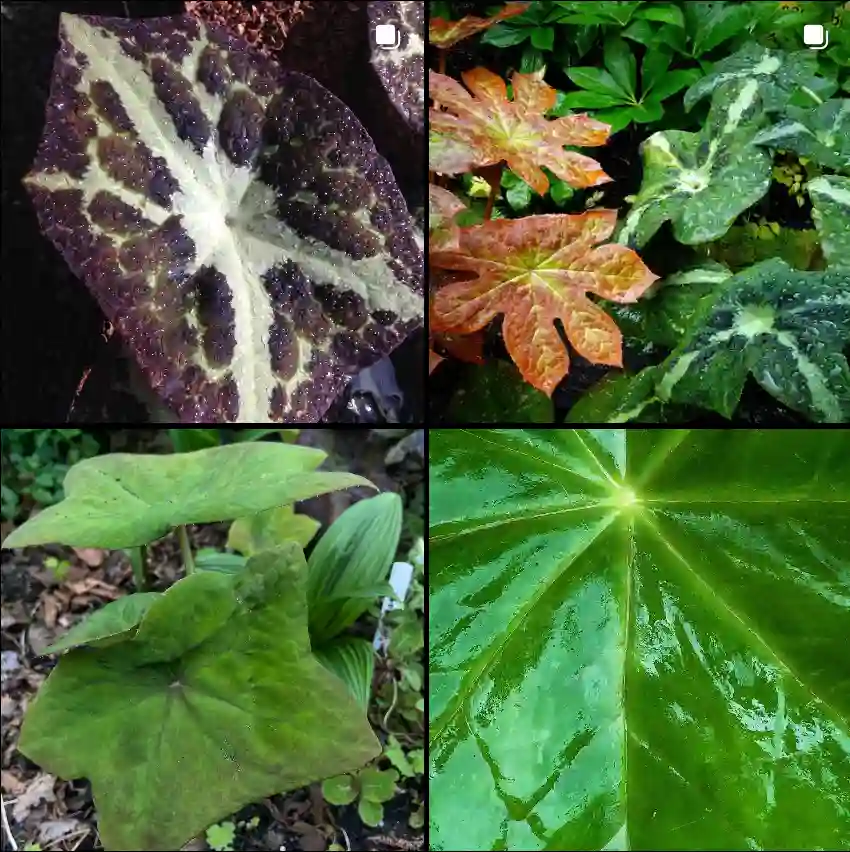
February 15 – Panax
"Panax, the ginseng plant, represents February 15."
Panax symbolizes vitality and balance. You are a source of energy and healing for those around you, offering both strength and harmony. Like the revered ginseng, you embody wisdom, resilience, and the ability to rejuvenate in challenging times.
My Fascination with Panax: The Genus of Ginseng
As a researcher with a deep passion for ethnobotany, I, Ferb Vu, am constantly drawn to the intricate world of medicinal plants. Among the many genera that have captured my attention, Panax, the genus that encompasses ginseng, holds a special place. This group of slow-growing perennial plants, belonging to the Araliaceae family (commonly known as the ivy family), boasts a rich history of use in traditional medicine, particularly in East Asia.
What truly sets Panax apart is the presence of ginsenosides and gintonin, bioactive compounds believed to contribute to the myriad health benefits associated with ginseng. These compounds have been the subject of extensive scientific research, with studies exploring their potential in areas such as cognitive enhancement, immune system support, and blood sugar regulation.
A Geographic Tapestry: The Distribution of Panax
One of the most intriguing aspects of Panax is its unique distribution pattern. It displays a classic East Asian and Eastern North American disjunct distribution, a phenomenon where closely related species are found in geographically separated regions. This disjunction is particularly noteworthy because it is asymmetric, with the vast majority of Panax species concentrated in East Asia.
Imagine traversing the mountainous regions of China, Korea, and Vietnam, encountering diverse Panax species thriving in the understory of deciduous forests. Then, picture yourself journeying across the Pacific to the Appalachian and Ozark mountains of North America, where a couple of Panax species have carved out their niche. This geographic separation has likely contributed to the evolution of distinct characteristics within the genus.
Delving into Diversity: The Species in Panax
The genus Panax is not a monolith; it comprises several species, each with its own unique morphology, phytochemistry, and traditional uses. Here are:
- Panax arunachalensis Taram, A.P.Das & Tag
- Panax assamicus R.N.Banerjee
- Panax bipinnatifidus Seem.
- Panax ginseng C.A.Mey.
- Panax japonicus (T.Nees) C.A.Mey.
- Panax notoginseng (Burkill) F.H.Chen
- Panax pseudoginseng Wall.
- Panax quinquefolius L. Plant FAQs: American Ginseng – Panax Quinquefolius
- Panax siamensis J.Wen
- Panax sokpayensis Shiva K.Sharma & Pandit
- Panax stipuleanatus H.T.Tsai & K.M.Feng
- Panax trifolius L.
- Panax vietnamensis Ha & Grushv.
- Panax wangianus S.C.Sun
- Panax zingiberensis C.Y.Wu & Feng
Where Does the Ginseng Plant Grow?
Ginseng is native to North America and East Asia. In the wild, it typically grows in shaded, wooded areas with rich, loamy soil. The plant prefers cool, temperate climates and can often be found in hardwood forests. Cultivated ginseng requires similar conditions, with well-drained soil and partial to full shade.
How to Plant Ginseng Seeds?
Planting ginseng seeds requires some patience. Start by preparing a shaded bed with rich, well-drained soil. Sow the seeds in the fall, as they need a period of cold stratification to germinate. Scatter the seeds and cover them lightly with soil. Keep the area consistently moist but not waterlogged. Germination can take up to 18 months, so don’t be discouraged if you don’t see immediate results.
How Big Do Ginseng Plants Get?
Ginseng plants usually grow between 6 and 12 inches tall. The root, which is the part most commonly harvested, can grow to be several inches long and thick. The overall size can vary based on the plant’s age and growing conditions.
How Long Does a Ginseng Plant Live?
Ginseng plants are known for their longevity. They can live for several decades, with some wild specimens reaching over 30 years old. Cultivated ginseng typically has a lifespan of about 5 to 10 years before the roots are harvested.
What Is Ginseng Plant Used For?
Ginseng is renowned for its medicinal properties. It is commonly used to boost energy, reduce stress, and improve cognitive function. The plant is also used to support immune health and enhance overall vitality. Its roots are often dried and used in supplements, teas, and traditional medicines.
When Do Ginseng Plants Get Berries?
Ginseng plants typically produce berries in late summer to early fall. The small green flowers develop into red berries, which are a sign that the plant has reached maturity. These berries can be used to propagate new plants or harvested for their medicinal properties.
Ginseng vs Ginger
Ginseng and ginger are often confused but serve different purposes. Ginseng is primarily used for its adaptogenic properties, which help the body cope with stress. Ginger, on the other hand, is known for its digestive benefits and anti-inflammatory effects. Both are valued in traditional medicine but are not interchangeable.
Ginseng vs Ashwagandha
Ginseng and ashwagandha are both adaptogens but differ in their effects. Ginseng is used to enhance energy and cognitive function, while ashwagandha is often used to reduce stress and improve sleep. They have different chemical profiles and traditional uses.
Ginseng vs Caffeine
Ginseng and caffeine both help to increase alertness, but they work differently. Caffeine provides a quick boost in energy and mental clarity but can lead to crashes. Ginseng offers a more balanced increase in energy and endurance without the jittery side effects of caffeine.
Ginseng vs Ginkgo
Ginseng and ginkgo are both used to support cognitive function. Ginseng is an adaptogen that helps with overall energy and stress reduction, while ginkgo biloba is known for improving memory and blood circulation. They can complement each other but have distinct mechanisms of action.
Ginseng vs Maca
Ginseng and maca are both used to enhance energy and stamina. Ginseng is an adaptogen that helps with stress and overall vitality, while maca is a root that is reputed to improve sexual function and fertility. Both are beneficial, but they cater to different needs.
Ginseng vs Virginia Creeper
Ginseng and Virginia creeper are entirely different plants. Ginseng is a medicinal herb used for its roots, while Virginia creeper is a fast-growing vine often used for ground cover. They do not have similar uses or properties.
Ginseng vs Poison Ivy
Ginseng and poison ivy are not related and serve very different purposes. Ginseng is a beneficial medicinal plant, whereas poison ivy is a toxic plant that causes skin irritation. It’s important to be able to distinguish between them to avoid accidental contact with poison ivy.
Ginseng vs Retinol
Ginseng and retinol serve different roles. Ginseng is used for its overall health benefits, including boosting energy and reducing stress. Retinol is a form of vitamin A used in skincare to improve skin texture and reduce signs of aging. They complement each other in health and beauty routines but are not directly comparable.
Ginseng vs Cordyceps
Ginseng and cordyceps are both used for energy and stamina but come from different sources. Ginseng is a plant, while cordyceps is a fungus. Cordyceps is known for its potential to improve athletic performance and vitality, whereas ginseng is used more broadly for energy and stress reduction.
Ginseng vs Guarana
Ginseng and guarana are both stimulants but differ in their effects. Guarana contains caffeine and provides a quick energy boost, similar to coffee. Ginseng, however, offers a more balanced increase in energy and is used for its adaptogenic properties to support overall well-being.
Ginseng vs Horny Goat Weed
Ginseng and horny goat weed both support sexual health, but they work differently. Ginseng is known for its overall vitality and stress-reducing effects, while horny goat weed is specifically used to enhance libido and erectile function. They can be used together for comprehensive sexual health support.
Ginseng vs Insam
Insam is another name for Korean ginseng, so there is no real difference between ginseng and insam. Both refer to the same plant, known for its health benefits and adaptogenic properties.
Ginseng vs Jack in the Pulpit
Jack in the Pulpit is a plant with toxic properties and is not related to ginseng. Ginseng is a medicinal herb used for its health benefits, while Jack in the Pulpit can cause irritation if ingested.
Ginseng vs Jengibre
Jengibre is the Spanish word for ginger. As mentioned earlier, ginger is used for digestive health and inflammation, while ginseng is used for its adaptogenic properties to manage stress and enhance energy. They serve different purposes in traditional medicine.
Ginseng vs Rhodiola Rosea
Ginseng and Rhodiola rosea are both adaptogens used to reduce stress and improve energy. Ginseng is known for its general vitality and immune support, while Rhodiola is particularly noted for enhancing mental performance and resilience against stress.
Ginseng vs Shilajit
Shilajit is a mineral-rich resin used in traditional medicine for its rejuvenating properties. Ginseng and shilajit both support energy and vitality, but shilajit is unique for its mineral content and is used more for its restorative properties.
Ginseng vs Tribulus
Tribulus is often used for boosting testosterone and improving athletic performance, while ginseng supports overall vitality and stress management. They cater to different health needs, though both can be used to enhance physical performance.
Ginseng vs Turmeric
Turmeric is renowned for its anti-inflammatory and antioxidant properties, while ginseng is used for its adaptogenic benefits. Combining both can provide a comprehensive approach to health, addressing both inflammation and stress.
Ginseng vs Viagra
Viagra is a medication used to treat erectile dysfunction, while ginseng is a herbal remedy used for overall vitality and stress reduction. Ginseng may support sexual health but does not directly compare to the targeted effects of Viagra.
How to Care for Ginseng Plants?
Ginseng plants require specific care to thrive. They need a shaded environment with rich, well-drained soil. Regular watering is essential, but avoid waterlogging. Ginseng also benefits from a mulch layer to keep the soil moist and protect the roots. Patience is key, as ginseng takes several years to mature.
How to Propagate Ginseng?
Ginseng is typically propagated from seeds. Sow the seeds in the fall, as they require a cold period to germinate. Once the seedlings are established, they can be transplanted to their permanent location. Propagating ginseng from root cuttings is also possible but less common.
What to Plant With Ginseng?
Ginseng grows well with companion plants that thrive in similar conditions. Consider planting it with other shade-loving plants like ferns or woodland flowers. Avoid planting it near aggressive plants that may outcompete it for nutrients.
Is It Toxic?
Ginseng is not toxic and is generally safe when used appropriately. However, excessive use can lead to side effects such as insomnia or digestive issues. Always consult with a healthcare provider before starting any new herbal regimen.
If i die, water my plants!



